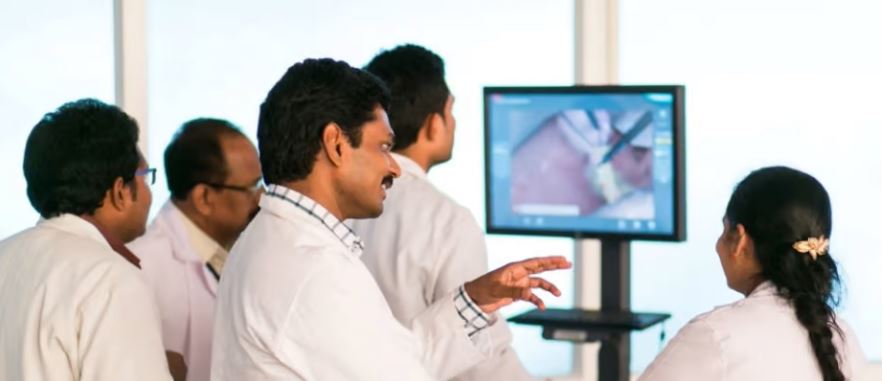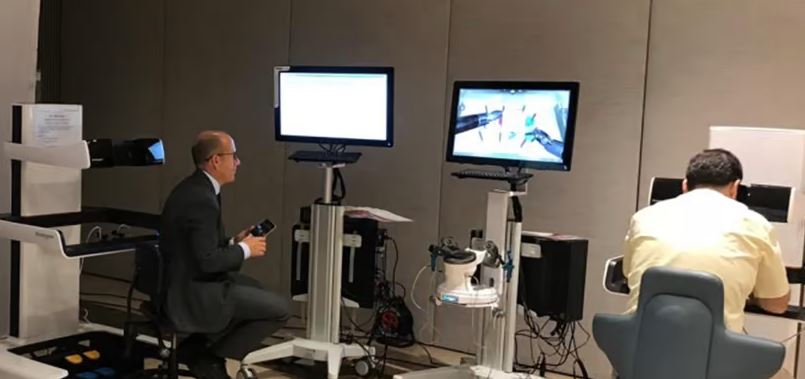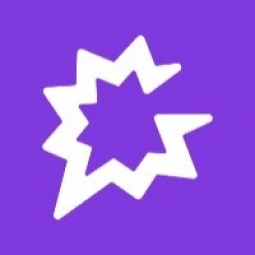Technology Category
- Analytics & Modeling - Machine Learning
- Application Infrastructure & Middleware - Middleware, SDKs & Libraries
Applicable Industries
- Education
- National Security & Defense
Applicable Functions
- Quality Assurance
- Sales & Marketing
Use Cases
- Inventory Management
- Time Sensitive Networking
Services
- Training
About The Customer
ComplyAdvantage is a Regulation Technology (RegTech) organization founded in 2014 and headquartered in London, United Kingdom. The company, which has a size of 201-500 employees, provides anti-money laundering technology. It uses artificial intelligence, machine learning, and natural language processing to help regulated organizations manage risk obligations and counteract financial crime. The company is growing rapidly and has a diverse team that includes sales, customer success, account management, and product teams. The company values efficiency and effectiveness in its revenue-related departments and is always looking for ways to improve its processes and tools.
The Challenge
ComplyAdvantage, a Regulation Technology (RegTech) organization that provides anti-money laundering technology, was facing a challenge in efficiently ramping up new hires as the company scaled rapidly. The Head of Revenue Operations (RevOps), Jonny, was tasked with reviewing the technology stack to ensure it was as streamlined as possible while maintaining the necessary components for the RevOps team to effectively reach their goals. With over 60 sales enablement tools being used by the team, this was a significant task. The team was already using Gong, a Revenue Intelligence solution, but not to its full capacity. The tool was primarily used for call recording, with no coaching or trackers in place.
The Solution
To address the challenge, Jonny, with the help of Gong’s Manager of Commercial Customer Success, embarked on a 'Gong journey'. They put together an engagement plan and rolled out Gong methodically across the organization, starting with Sales, then moving to Customer Success, and finally Product. This approach helped better align the entire organization. Gong was used to capture activity data from every touchpoint for more accurate forecasting. The tool was also used to record calls, providing a 'taste of reality' for the team and freeing them to be more present in their customer interactions. Gong was also used as a coaching platform, capturing the best and most challenging calls and using them as coaching opportunities. The team also used Gong to track new initiatives, specifically the MEDDICC sales methodology for prospect calls.
Operational Impact
Quantitative Benefit

Case Study missing?
Start adding your own!
Register with your work email and create a new case study profile for your business.
Related Case Studies.

Case Study
Data Capture for Afghanistan Forces
Electronic equipments on the field of Afghanistan provided information on the status of the vehicle and to identify potential threats surrounding it to the British Force. The monitoring and interpretation of this data requires robust and sophisticated digitization for data capture and communication.

Case Study
Revolutionizing Medical Training in India: GSL Smart Lab and the LAP Mentor
The GSL SMART Lab, a collective effort of the GSL College of Medicine and the GSL College of Nursing and Health Science, was facing a challenge in providing superior training to healthcare professionals. As clinical medicine was becoming more focused on patient safety and quality of care, the need for medical simulation to bridge the educational gap between the classroom and the clinical environment was becoming increasingly apparent. Dr. Sandeep Ganni, the director of the GSL SMART Lab, envisioned a world-class surgical and medical training center where physicians and healthcare professionals could learn skills through simulation training. He was looking for different simulators for different specialties to provide both basic and advanced simulation training. For laparoscopic surgery, he was interested in a high fidelity simulator that could provide basic surgical and suturing skills training for international accreditation as well as specific hands-on training in complex laparoscopic procedures for practicing physicians in India.

Case Study
IoT platform Enables Safety Solutions for U.S. School Districts
Designed to alert drivers when schoolchildren are present, especially in low-visibility conditions, school-zone flasher signals are typically updated manually at each school. The switching is based on the school calendar and manually changed when an unexpected early dismissal occurs, as in the case of a weather-event altering the normal schedule. The process to reprogram the flashers requires a significant effort by school district personnel to implement due to the large number of warning flashers installed across an entire school district.
Case Study
Enhancing Security and Compliance in Remitly's Global Money Transfer Service with Fastly
Remitly, an online remittance service, was faced with the challenge of securing its proprietary global transfer network. The company needed a security solution that could meet PCI requirements and protect customers' sensitive transactions through its mobile application. The solution had to be capable of defending against new and emerging attack types without impacting performance. Remitly also had to deal with irregular traffic patterns, such as a sudden spike in account transfers from a small network segment on the Pacific coastline of South America. The company needed to determine in real time whether such traffic indicated an attack or valid requests. A traditional web application firewall (WAF) would not be able to distinguish this traffic, potentially leading to customer frustration if the IP was blacklisted.

Case Study
Implementing Robotic Surgery Training Simulator for Enhanced Surgical Proficiency
Fundacio Puigvert, a leading European medical center specializing in Urology, Nephrology, and Andrology, faced a significant challenge in training its surgical residents. The institution recognized the need for a more standardized and comprehensive training curriculum, particularly in the area of robotic surgery. The challenge was underscored by two independent studies showing that less than 5% of residents in Italian and German residency programs could perform major or complex procedures by the end of their residency. The institution sought to establish a virtual reality simulation lab that would include endourological, laparoscopic, and robotic platforms. However, they needed a simulator that could replicate both the hardware and software of the robotic Da Vinci console used in the operating room, without being connected to the actual physical console. They also required a system that could provide both basic and advanced simulation training, and a metrics system to assess the proficiency of the trainees before they performed surgical procedures in the operating theater.

Case Study
Major Aerospace Company Automates Asset Management
The O&M division of an aerospace and global security company was using spreadsheets to manually track more than 3,000 assets assigned to students and staff. Maintaining audit trails for this high volume of equipment became increasingly time-consuming and challenging. The chore involved knowing precisely what equipment was on hand, what had been issued, its location and the name of the custodial owner of each item. Every aspect of this task was carried owner of each item. Every aspect of this task was carried out by individuals with spreadsheets. Manually documenting the full lifecycle of each asset added to the burden. This included tracking maintenance requirements and records, incidents and damages, repairs, calibrations, depreciation, and end-of-life data.







